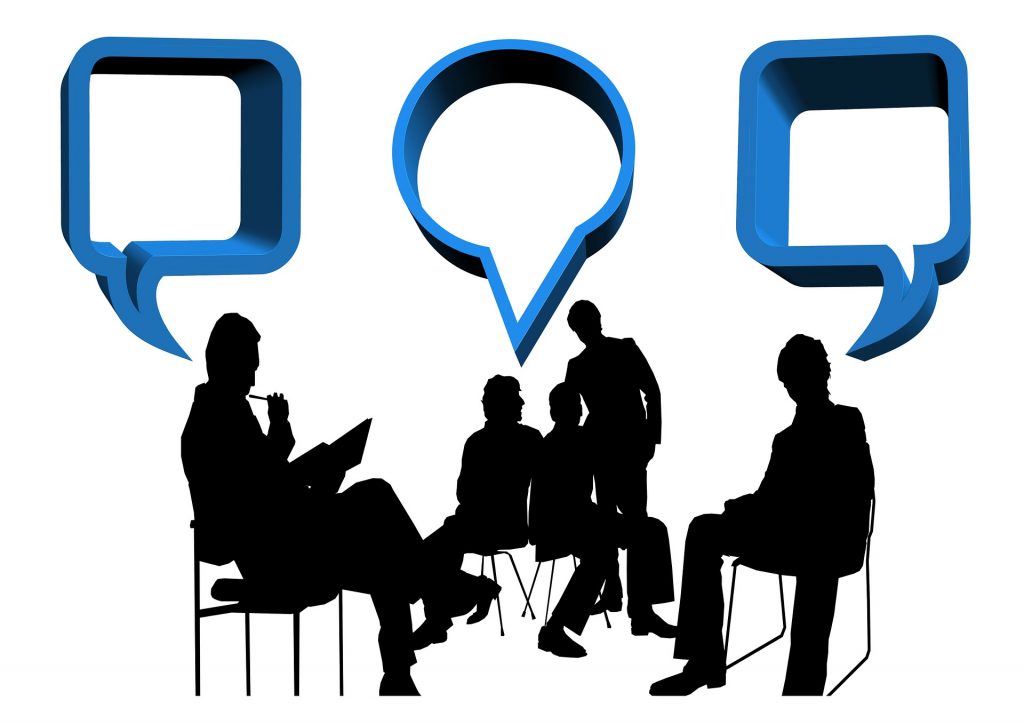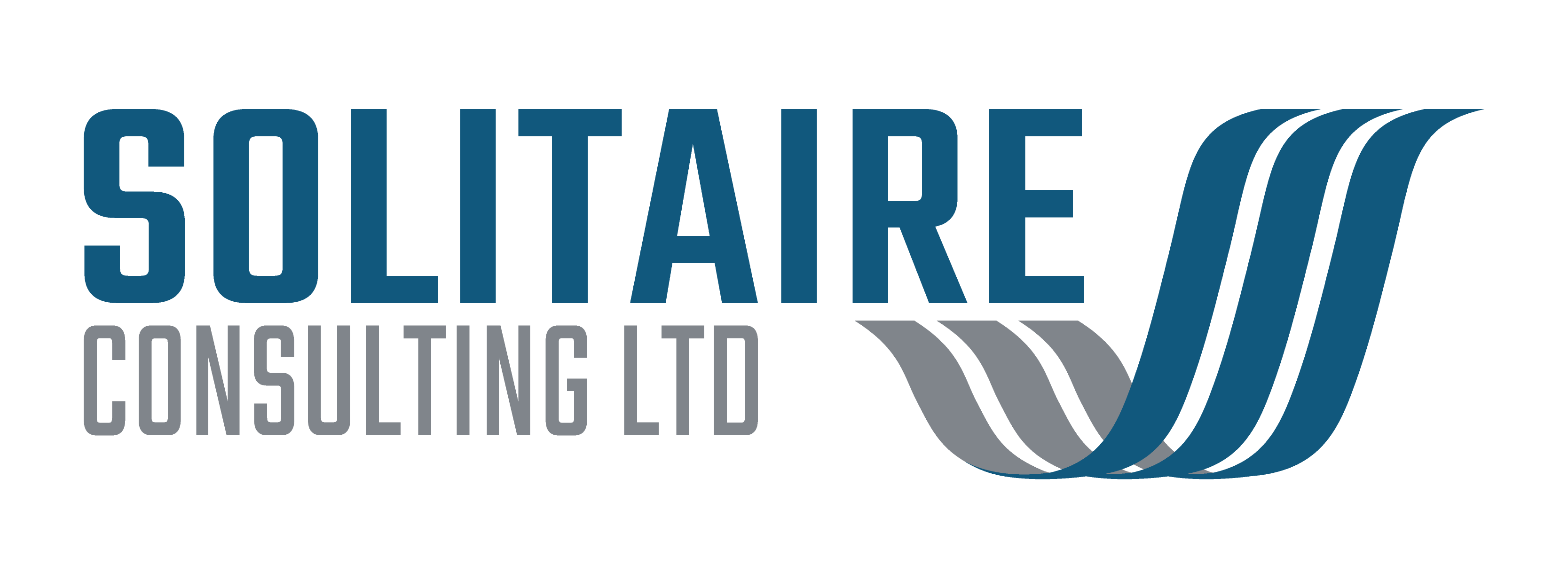Solitaire Consulting has access to trained and experienced mediator, Tim Rogers, Senior Associate Consultant. In this article Tim outlines what mediation is and how it can become and important part of the change management and technology implementation process. We will use a typical example, of a client requirement being misinterpreted by a supplier and leading to a dispute, to illustrate the benefits of mediation.
What is Mediation
Mediation is a highly effective method of dispute resolution. People are far more likely to stick to an agreement reached in mediation than to follow the directions of a court. Whilst this may be initially surprising it becomes obvious when you consider the IKEA Effect.
The IKEA effect is a cognitive bias in which people place a high value (and greater ownership) on products they partially created. According to study done in 2011 it was found that people are willing to pay 63% more on furniture they had assembled themselves.
Mediation is inherently less adversarial than litigation allowing for a flexible process which may help to preserve commercial relationships. Additional features of mediation, which often make it particularly appealing, are that it is private and confidential, and that it seeks to provide commercially realistic solutions. This is in sharp contrast to litigation which can be slow, costly, open to the public and devastating to business.
A mediation is essentially a negotiation between the parties with the intervention of an impartial third party tasked with the function of facilitating a settlement. The following are key characteristics:
- The process is voluntary. All that is required is a wish, on the part of each party, to resolve the dispute.
- The solution will be intended, in some way, to be to the satisfaction of everyone i.e. mutually beneficial.
- If the mediation is successful, there will be no need to go to court. Where court proceedings have already been commenced, they can be stayed.
- Mediation encourages early resolution of disputes. This means it can result in much quicker and less costly solutions.
- Mediation is much less formal, and so much less stressful for all involved, than traditional litigation.
In litigation or arbitration the result is often win-lose or even lose-lose, once costs are paid. Mediation seeks to achieve a win-win solution where both parties can either continue to work together, or walk away feeling they have not lost out from the process.
Typical Scenarios

The following cautionary humorous remark is attributed to the famous movie producer Samuel Goldwyn, “A verbal contract isn’t worth the paper it’s written on.”
However in my experience most commercial contracts rarely anticipate every issue or outcome.
Even a fixed price contract for a clearly defined item at an agreed price can have its challenges. However, products or services provided on an hourly rate basis can result in disappointment or dispute if there are differing expectations on time, quality, cost, risk or scope.
Example of where mediation can help:
A client defines and documents their requirements for a new technology system and expects the supplier will provide a standard product that satisfies all their needs.
The supplier provides a solution that can be configured to meet many requirements, including those documented by the client. They are experienced in providing solutions for many clients in different markets and locations with varying requirements. They expect the client to be able to decide quickly and clearly, the exact specification and configuration they require.
As time progresses it becomes apparent the client hadn’t articulated their requirements in exact detail and the supplier had made assumptions that their product would suit the client with no modification. Costs escalate and discussion continues, with frustration building because time, money, and effort was being consumed. Outputs and outcomes were behind schedule, ahead of costs and short of expectations.
The client sees their project, product or performance at risk and the supplier sees their profit margin erode and resources tied-up far longer than expected compromising other customers and contracts.
Both parties experience considerable stress upon their people and compromise to plans and operations.
The problem is that endless argument seldom resolves the problem. Whilst legal action may win a battle, it will ultimately distract and disrupt, damage the relationships, and undermine any future progress. Any loss of confidence and trust is likely to be damaging to the delivery of the project, and impact both client and supplier performance.
In the example above, a mediator engaged at the start of the project, or when it first became evident there was a problem could have helped to bring the parties together. It is unusual for a dispute to be black and white with all fault resting with one of the parties. Most often, and with hindsight, both parties could have done things differently to avoid the dispute.
Why Mediation is the Best Approach

Mediation promotes listening and understanding.
It encourages a mutual solution focus, and therefore repairs and rebuilds collaboration, communication and trust. Success in mediation will often improve relationships, support agreement and deliver better outcomes.
In the event of an unsuccessful mediation, the parties can still go to court. However, in this event, they do so being better prepared and having focused upon the real issues in dispute between them at significantly less expense.
The Process
There are broadly 6 steps to a formal mediation;
- Introductory remarks
- Statement of the problem by the parties,
- Information gathering time
- Identification of the problems
- Bargaining and generating options
- Reaching an agreement
The process can go as quickly as the parties wish because they are the people who decide what needs to be discussed, decided and documented on the way to agreement.
There is no waiting for court dates or other delay, disruption or distraction.
When and how to start
Mediation shouldn’t be left until the dispute escalates to the point where the parties are unwilling to communicate. In the majority of cases the earlier mediation starts the better. In fact, in many situations it is not uncommon for the role of mediator to be included at the outset of the project. The mediator can get to know the project in detail, understand the requirements of both parties and potentially pre-empt areas of potential dispute. If a dispute does arise, the mediator will already be on hand and won’t need long to understand the issues. In these cases real disputes seldom arise due to the early involvement of a professional mediator.
If you are interested in consulting, coaching, facilitation or mediation to support projects or promote change please get in touch and we can arrange an information discussion of your requirements.





